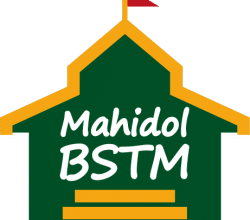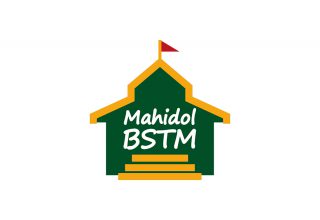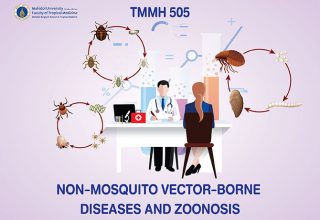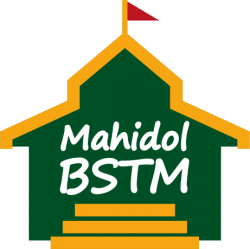Course Description
Sample collection, preservation, transportation; Parasite identification; Intermediate hosts; Arthropod vectors; Diagnostic techniques
Course Goal
The subject consists of lectures and practices on the techniques used in parasitology and entomology which include collecting, preserving, transporting and identifying the parasites, their intermediate hosts and arthropod vectors. It is emphasized both in laboratory and field practices.
Course Objectives
After the course, students must be able to
- Describe the proper methods of collection of samples for recovery of parasites, their intermediate hosts and vectors.
- Select the appropriate techniques used in parasitology and entomology for diagnosis and identification of parasites and vectors.
- Explain procedure for the identification of parasites.
- Correctly identify parasites, intermediate hosts and vectors from specimens.
- Recognize the important of practical techniques used in medical parasitology and entomology and apply the knowledge in both laboratory and field settings.
Course-level Learning Outcomes: CLOs
At the end of the course, the students should be able to
CLO1: Describe principle and procedures for preparation, collection and identification of parasites, hosts and vectors
CLO2: Select techniques for preparation, collection and identification of parasites and vectors
CLO3: Help teamwork to complete assignment as leader and follower
CLO4: Demonstrate moral and ethical manners during laboratory practice
- 30 Sections
- 7 Lessons
- 20 Weeks
- TMID516 All VDO1
- Discussion group1
- TMID516-1 Introduction to TMID 5160
- TMID516-2 Collection of stool specimen, direct smear method, Kato thick smear method, concentration methods0
- TMID516-3 Practice stool collection, direct smear method, Kato thick smear method, concentration methods0
- TMID516-4 Quantitative methods for stool examination, Katz’s modified thick smear, Stool dilution0
- TMID516-5 Practice Katz’s modified thick smear, Stool dilution0
- TMID516-6 Culture technique & larva identification0
- TMID516-7 Practice culture technique & larva identification0
- TMID516-8 Immunodiagnosis for helminthic infections I0
- TMID516-9 Immunodiagnosis for Helminthic infections II0
- TMID516-10 Intestinal parasites identification in rodent0
- TMID516-11 Practice identification of intestinal parasites in rodent0
- TMID516-12 A guide for collecting, preserving and handling insects2
- TMID516-13 Lab demonstration for collecting, preserving and handling insects3
- TMID516-14Sampling methodology of Diptera0
- TMID516-15 Lab demonstration for sampling methodology of Diptera0
- TMID516-16 Field sampling of other arthropods0
- TMID516-17 Lab demonstration for Field sampling of other arthropods0
- TMID516-18 Survelilance methodologies for mosquito vectors0
- TMID516-9 Lab demonstration for methodologies for mosquito vectors0
- TMID516-20 Specimen preparation for protozoa parasites0
- TMID516-21 Permanent strain for intestinal protozoa0
- TMID516-22 Practice permanent strain for intestinal protozoa0
- TMID516-23 Special stain for coccidia and microsporidia0
- TMID516-24 Practice special stain for coccidia and microsporidia0
- TMID516-25 Diagnostic methods for malraia parasite0
- TMID516-26 Practice diagnostic methods for malraia parasite0
- TMID516-27 Laboratory preparation for field trip0
- n1




